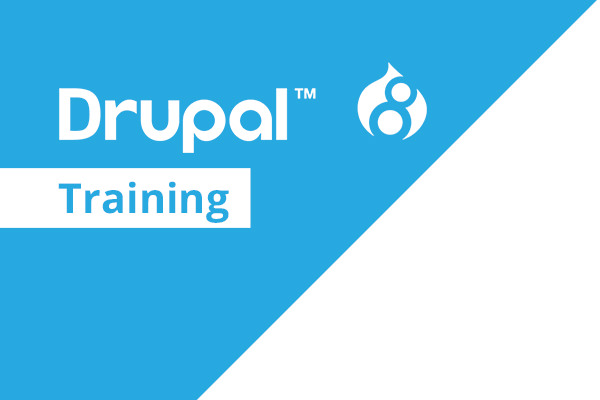As I start porting the modules I maintain(link is external) to Drupal 8, I'm hitting a few places where things haven't been intuitive to me. I'll try to work on the drupal.org documentation when I get a chance, but in the meantime I figured it would be worth writing up a few notes.
>> Giới thiệu Drupal Site là Platform khá tốt
>> Hướng dẫn Drupal 7 Migration thành Drupal 8
A common task is creating a link, and adding classes and other attributes to it. The Responsive Share Buttons(link is external) is basically just a block of links to social networks, so this was a key building block.
In Drupal 7 this was pretty simple - the link building function(link is external) took three arguments - a title, a path, and an array of options:
$link = l(t('Link Title'), 'http://drupal.org', array(
'attributes' => array(
'class' => array(
'my-first-class',
'my-second-class',
),
),
));In Drupal 8, the l function(link is external) now takes a Url object with attributes, rather than a string, so it's a little different. Here's how to build a link to an external URL and add a class to it: First the Url class needs to be brought into scope:
use Drupal\Core\Url;
And then you can build the Url object and call setOptions on it:
$url = Url::fromUri('http://drupal.org');
$link_options = array(
'attributes' => array(
'class' => array(
'my-first-class',
'my-second-class',
),
),
);
$url->setOptions($link_options);
$link = \Drupal::l(t('Link title'), $url);Incidentally, the other gotcha here that had me scratching my head for a while was how to get the current page title, and how to get the current URL. Drupal 7 had easily accessible functions for these tasks, but the object-oriented approach
Drupal 7
$title = drupal_get_title();
$current_url = url(current_path(), array('absolute' => TRUE));
Drupal 8
$request = \Drupal::request();
$route_match = \Drupal::routeMatch();
$title = \Drupal::service('title_resolver')->getTitle($request, $route_match->getRouteObject());
$current_url = $request->getUri();My own learning journey with Drupal 8 is very much in its early days, and a lot of the old Drupalisms are pretty familiar to me, but it does seem a little long-winded. Give it a while, and I'm sure I'll get up to speed, and start seeing the benefits of the object-oriented approach in Drupal 8.































